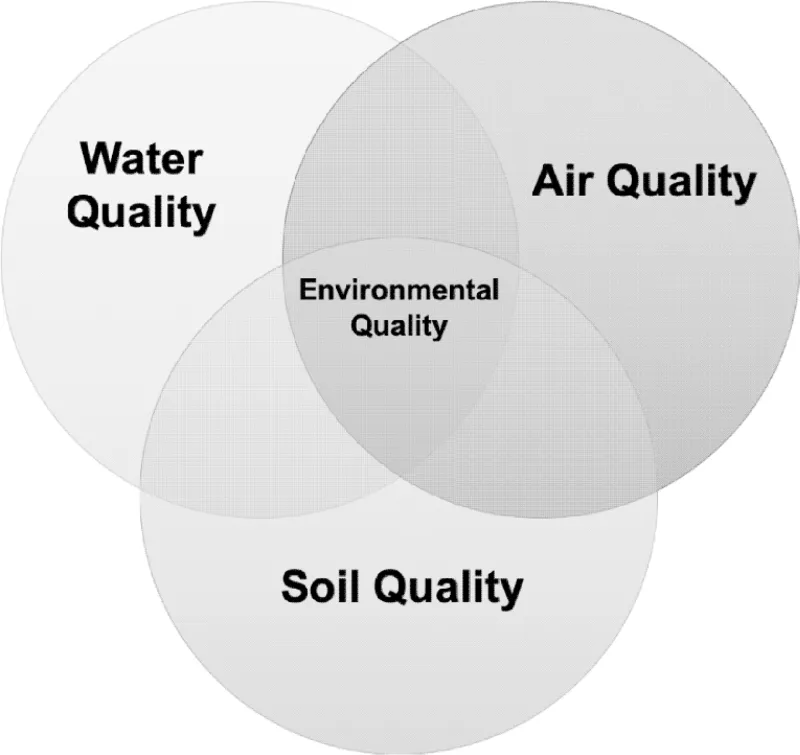
Soil and Fertilizers
Managing the Environmental Footprint
Rattan Lal, Rattan Lal
- 358 pages
- English
- ePUB (mobile friendly)
- Available on iOS & Android
Soil and Fertilizers
Managing the Environmental Footprint
Rattan Lal, Rattan Lal
About This Book
Soil and Fertilizers: Managing the Environmental Footprint presents strategies to improve soil health by reducing the rate of fertilizer input while maintaining high agronomic yields.
It is estimated that fertilizer use supported nearly half of global births in 2008. In a context of potential food insecurity exacerbated by population growth and climate change, the importance of fertilizers in sustaining the agronomic production is clear. However, excessive use of chemical fertilizers poses serious risks both to the environment and to human health.
Highlighting a tenfold increase in global fertilizer consumption between 2002 and 2016, the book explains the effects on the quality of soil, water, air and biota from overuse of chemical fertilizers. Written by an interdisciplinary author team, this book presents methods for enhancing the efficiency of fertilizer use and outlines agricultural practices that can reduce the environmental footprint.
Features:
-
- Includes a thorough literature review on the agronomic and environmental impact of fertilizer, from degradation of ecosystems to the eutrophication of drinking water
-
- Devotes specific chapters to enhancing the use efficiency and effectiveness of the fertilizers through improved formulations, time and mode of application, and the use of precision farming technology
-
- Reveals geographic variation in fertilizer consumption volume by presenting case studies for specific countries and regions, including India and Africa
-
- Discusses the pros and cons of organic vs. chemical fertilizers, innovative technologies including nuclear energy, and the U.N.'s Sustainable Development Goals
Part of the Advances in Soil Sciences series, this solutions-focused volume will appeal to soil scientists, environmental scientists and agricultural engineers.
Frequently asked questions
Information
1 | Effects of Fertilizers on Soil Quality and FunctionalityRattan Lal |
1.1 INTRODUCTION
1.1.1 GLOBAL FERTILIZER USE
Year | World Population (Billions) | Total Grain Production (Million Tons) | Per Capita Grain Production (Kg) |
|---|---|---|---|
2008/09 | 6.789 | 2241.6 | 330 |
2009/10 | 6.872 | 2241.5 | 332 |
2010/11 | 6.957 | 2200.4 | 316 |
2011/12 | 7.041 | 2314.4 | 328 |
2012/13 | 7.126 | 2266.2 | 318 |
2013/14 | 7.211 | 2474.7 | 367 |
2014/15 | 7.295 | 2532.0 | 347 |
2015/16 | 7.380 | 2058.0 | 278 |
2016/17 | 7.464 | 2186.0 | 292 |
2017/18 | 7.547 | 2142.0 | 283 |
2018/19 | 7.631 | 2120.0 | 277 |
2019/20 | 7.713 | ||
2020/21 | 7.795 |
Fertilizer | Fertilizer Use (106 Mg/yr) | Annual Growth (%) | ||||
|---|---|---|---|---|---|---|
1959/60 | 1989/90 | 2018 | 2020 | 1960–1990 | 1990–2020 | |
Nitrogen | 9.5 | 79.2 | 169.0 | 170.8 | 7.1 | 4.4 |
Phosphorus | 9.7 | 37.5 | 51.2 | 53.1 | 4.5 | 1.1 |
Potash | 8.1 | 26.9 | 47.2 | 49.5 | 4.0 | 1.2 |
Total | 27.4 | 143.6 | 267.4 | 273.4 | 5.5 | 2.9 |
1.1.2 THE SOIL-WATER-AIR-QUALITY NEXUS


1.1.3 OBJECTIVES AND EXPECTED OUTPUT
